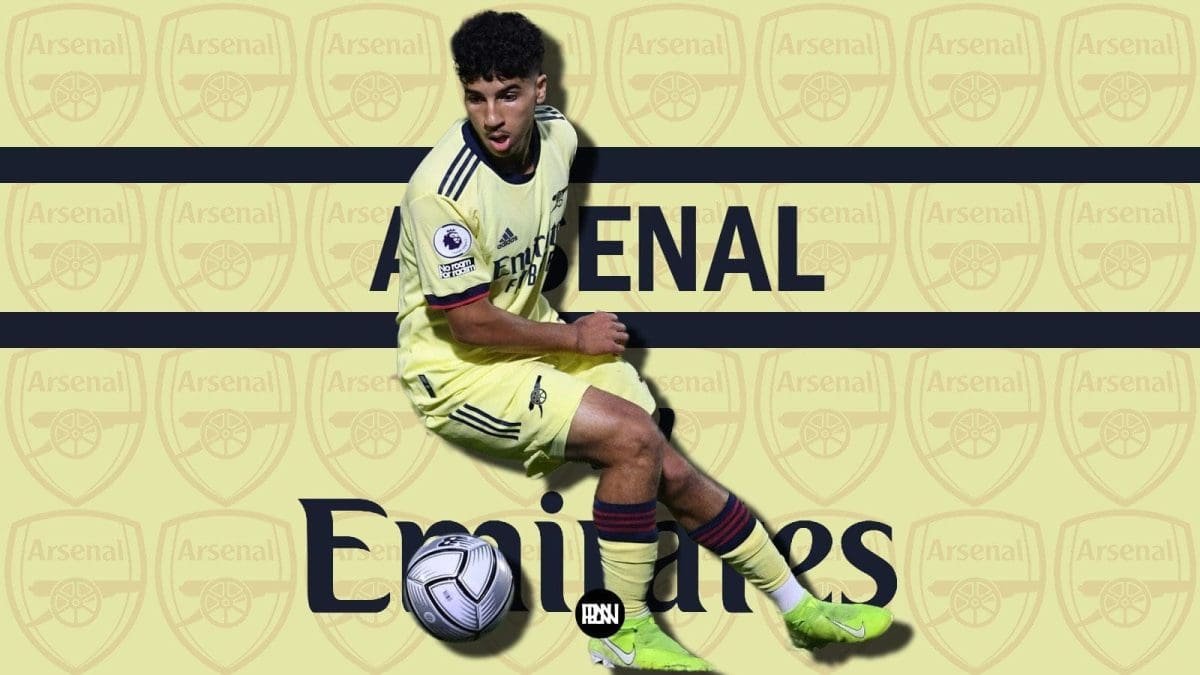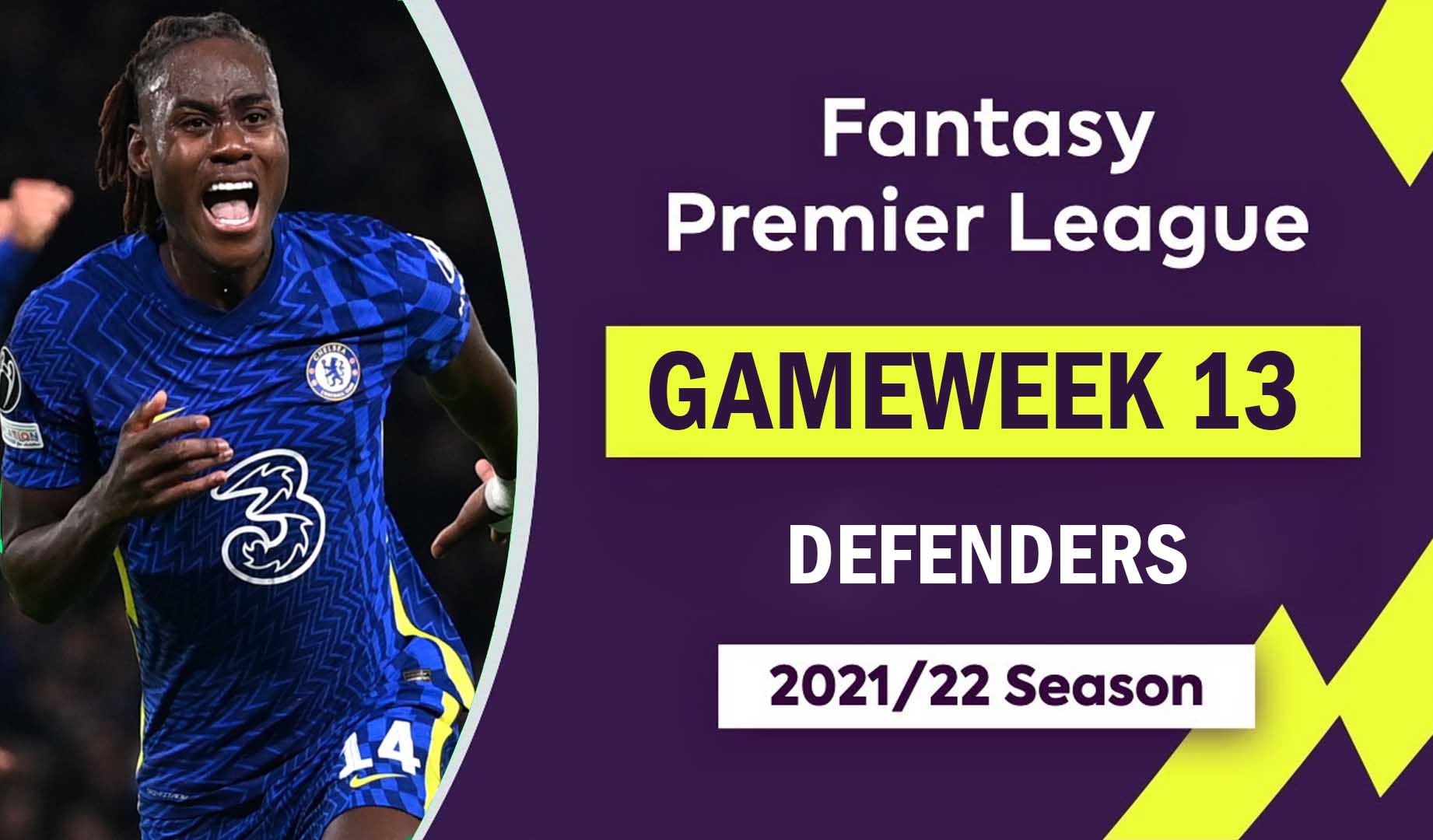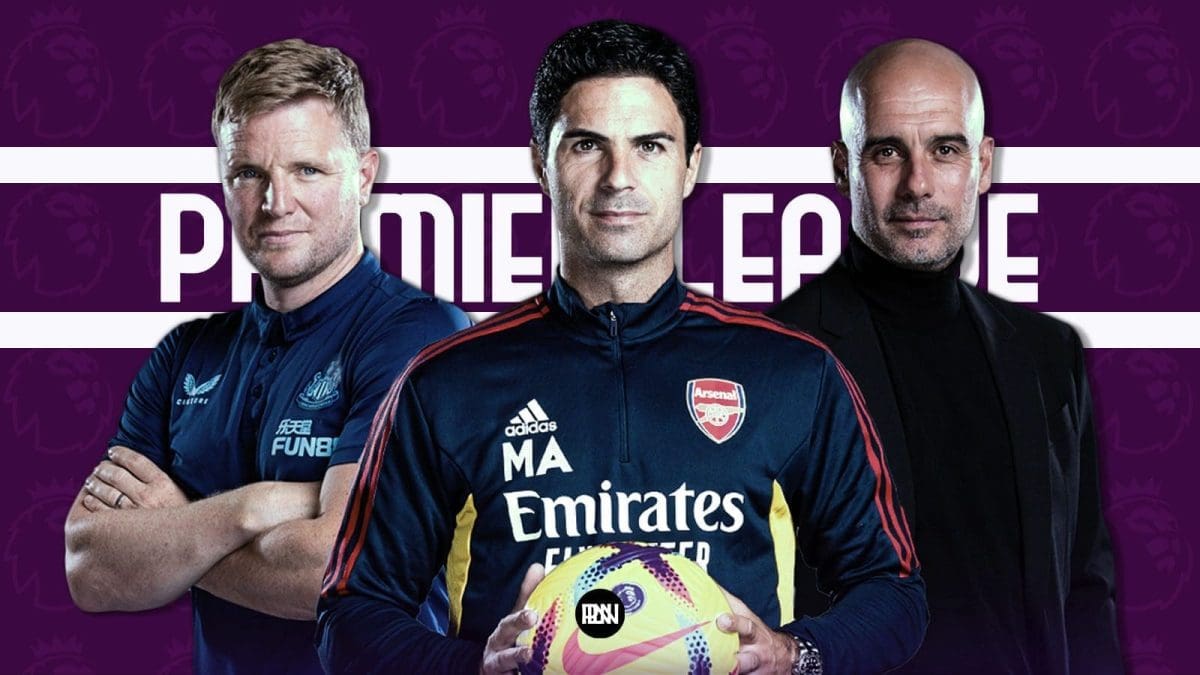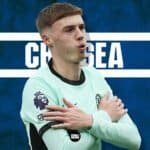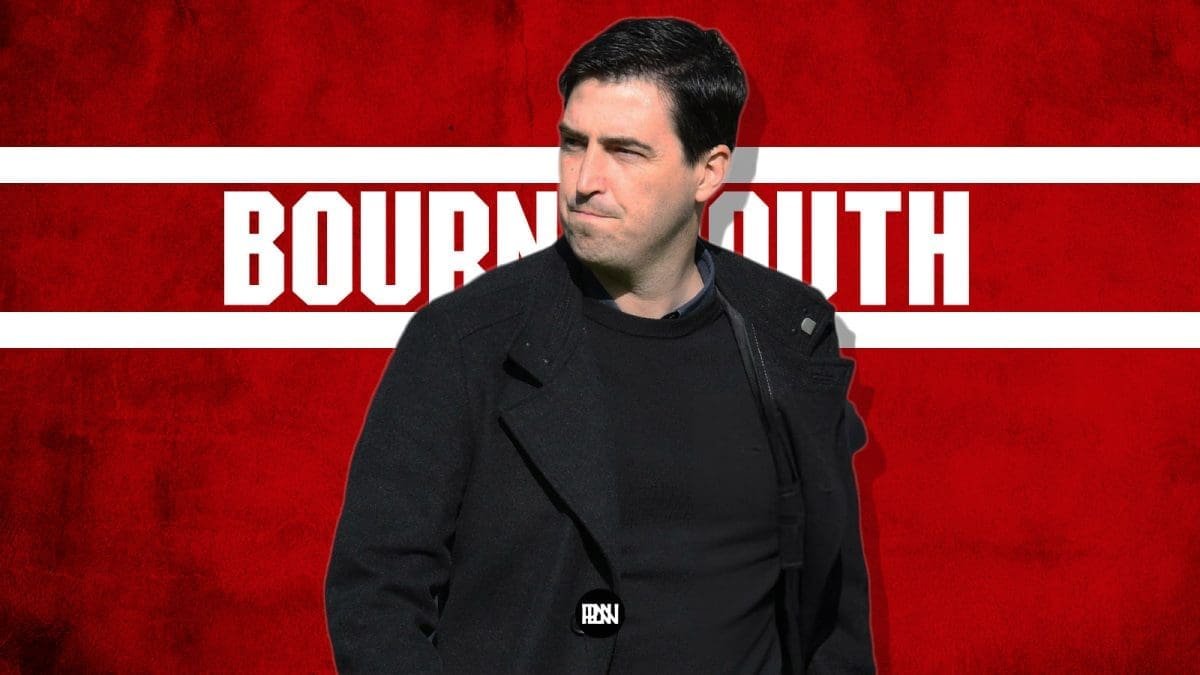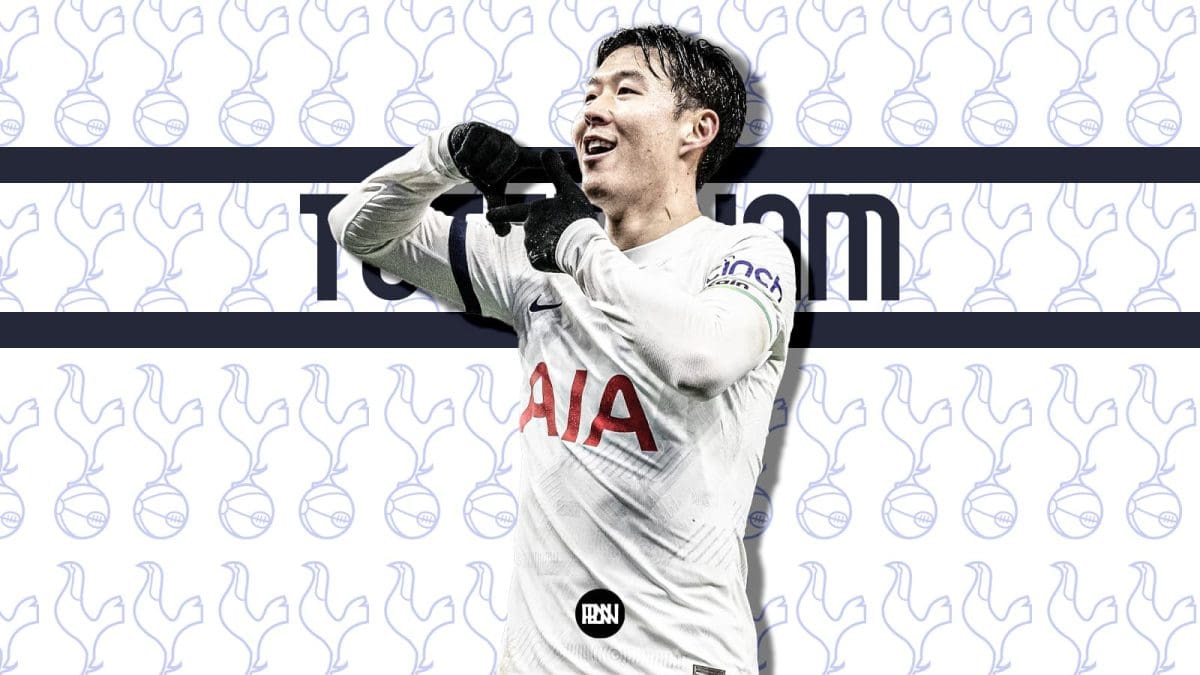Arsene Wenger left the Emirates in 2018 after 20 successful years at the helm. He built the entire coaching structure at Arsenal with his two hands and left a legacy to build upon. Since then, Unai Emery was appointed by the club but he could not cut it in North London. He is an excellent manager, but do not get influenced by his success at Villarreal. He failed to guide Paris Saint-Germain to success, and perhaps he prefers to work at a club that are not constantly under the microscope. Mikel Arteta was appointed to fix things and constitute a rebuild. Criticism has been hurled at him during the last 18 months of his managerial tenure, but he is finally building towards something. However, the mistake Emery made and Arteta should not is to look for talents outside the club to solve an issue that was formed inside.
During the first two years of his management, Wenger brought in talented youngsters from France. He had the knowledge of a market that few did at the time, including Sir Alex Ferguson. Many believed the Scot to be a legend for honing the talent of the Class of 92. That is because those kids came out of the academy he developed with his own tactical acumen. His French counterpart in London went another way.
Wenger brought in kids from France because he wanted the Arsenal academy to understand the kind of graduates he wants to push through to the first team. Since then, the Gunners have produced several silky youngsters, although all of them have not succeeded. But those rely on the factors in play, the situation at the time, and the state of the club. Moreover, it is often thought that young stars signed from other academies cannot be called products of their current clubs. However, those youngsters remember the clubs that take a punt on them rather than those who offload them because they are unable to promote them in their own setup.
Mikel Arteta is rebuilding Arsenal, and he cannot do so without promoting the youngsters that deserve to play for the first team. He understood that as soon as he walked through the door. The promotion and game-management of Bukayo Saka and Emile Smith Rowe is not a mere coincidence. Developing the transfer policy of the club around signing youngsters did not just strike him all of a sudden. He is a disciple of Wenger, and he is set out to prove so.
Well, if he does aim on doing so, the latest youngster he should be paying attention to is knocking on his door week-in and week-out. Salah-Eddine Oulad M’hand, or ‘Salah’, is breathing down the neck of the Spanish manager, so much so that he earned a place in the squad in the Carabao Cup game against Leeds United. He never made it onto the pitch, but a place amongst the 18-men was enough to prove the talent of this youngster.
Thus, let us take a look at who Salah is and why he could be included in the senior setup before the end of the season.
The rising youngster:
Feyenoord are one of the most uniquely well-run clubs in world football. They are not the best at producing talent, but when they do, they develop an exciting one. Robin van Persie is just one name on that list, and a player of his calibre does not come out of that set-up without doing something special. Salah was doing something similar in the academy.
He joined the setup as a 9-year-old, and the goal for him was clear since then. He wanted to make it big, and he started working towards it. Few understand how hard it is to play in the youth ranks of any club. The tackling is brutal, the refereeing is no-nonsensical, and there are at least 50 others in the ranks trying to prove the same point as you do. However, the fittest survive, and the youngster knew that the day he walked into that club.
His father and mother were not well to do but allowed him the freedom to achieve glory. They knew he was born to build his career around the sport and believed in him. Salah Oulad M’hand always knew this, and it took him just six years to enter into the U-17 team of the club. He was the youngest in the squad at the time, alongside two of his mates. But that did not deter him from competing for a spot because he knew he had done something right to be promoted.
Within a year, he made it to the U-19 side. However, it is important to note that Salah-Eddine Oulad M’hand was just 16 at the time. The odds of him playing to the level of that squad were astronomical, but he ran himself into the ground to fight for a place. During his 6 months in the U-19 side, he was used in various positions across the midfield line and developed several abilities.
He understood the importance of the first touch on the ball, looking over his shoulder and luring the opponent into making a challenge. But it was all too soon for him because he suffered a stress fracture near his ankle at the start of this year. He had to recuperate for about six months from that injury, after which he was let go by the Dutch outfit.
It was harsh, but that is the risk every teenager runs while training at a football club. However, he had developed quite a skillset by then, and Arsenal were interested in recruiting him. The player signed the deal and joined them in August. The 17-year-old is already playing in the development squad and is turning heads. For example–
The U-23 side of the club is currently playing at its highest level and they are dominating opponents in every area on the pitch. In September, Ole Gunnar Solskjaer decide to field his development squad, including the likes of Phil Jones, Dean Henderson, and a couple of other fringe stars in a game against the U-23 side of Arsenal. The Gunners won the game 3-1 despite playing all their youngsters. Charlie Patino and Folarin Balogun were the heroes on the day but there was somebody else who also ran the game that afternoon. Salah was picking up the ball in midfield and running rings around the United midfield. They frankly did not know what hit them. But all of this is down to the kid’s playing style.
Most trainees at a Dutch club normally come out with an incredible understanding of the game. It could have been Van Persie or Ruud van Nistelrooy from back in the day or Frenkie de Jong and Matthijs de Ligt from the current generation. They have a lot of skill on the ball and have the courage to take people on. Salah-Eddine Oulad M’hand is no different.
During his 8 years at Feyenoord and the last three months at the Emirates, he has worked on his deficiencies and built on his existing strengths.
How does Salah Eddine Oulad M’hand operate?
He is comfortable going 1v1 against defenders but only uses it as a final resort. His awareness of players around him is also solid as he is always watching over his shoulder before receiving a pass. He does not dwell on the ball too long and passes with a purpose. Much like his teammate Patino, Salah Oulad M’hand uses the ball to the best of his abilities. However, unlike his compatriot, he uses technical quality to move past a player rather than movement. He does not excel at dropping the shoulder or making slick movements in compact spaces. But his feet do the talking in tight areas as he wriggles out challenges pretty easily. His small stature also makes it possible for him to have a low centre of gravity and accelerate faster than the opponent.
An area he has worked upon considerably is his passing. The youngster learnt the art of short passes at Feyenoord but his ability to hit a pass longer than 30 yards needed work. These days, it comes to him pretty easily. In fact, he has mastered it. He is always looking up and makes sure he finds a runner by playing it over the heads of the defenders rather than hitting a flat pass. His accuracy could use some work, but he manages to pass into open areas to eliminate the risk of his teammate being put under immediate pressure or the pass being intercepted.
The youngster is also doing a really great job of taking shots from outside the box. Premier League 2 defenders rarely charge or close down a player. It is a lot of end-to-end action, and perhaps that is one of the reasons Salah is flourishing. He often takes shots from central areas and curves the ball inside rather than using his power to beat the goalkeeper.
Additionally, he likes to drive with the ball and busts a gut to run into the box. At the same time, he also has the discipline to fall back and collect the ball from full-backs and defenders. It is a huge bonus that he has already played as a No 6, No 8, and a No 10. He has garnered the best qualities of each position, but given his age, he shall always improve.
Why should Mikel Arteta promote him?
Keeping the squad fresh is the job of any good manager. Yes, Arteta has already a ton of youth into the squad but at the same time, he is also looking to offload the likes of Alexandre Lacazette and Nicolas Pepe. Moreover, Aubameyang has to hang up his boots someday, plus his contract shall expire at the end of the 2022/23 season. Willian has already left the club, and Martin Odegaard was the only attacking addition in the summer.
While Salah-Eddine Oulad M’hand cannot play as an out-and-out striker, he could feature as an attacker across the frontline. Once Pepe and Lacazette do leave, the frontline looks rather thin. Moreover, once Arsenal start competing in European football, the workload is going to get much worse. Saka and Smith Rowe cannot play week-in and week-out and this is their time to develop rather than play like they are in their prime. Gabrielle Martinelli’s injury issues are also a huge concern because if the winger cannot maintain consistent levels of fitness, he may never be able to hit the potential everybody thought he could.
Salah Oulad M’hand may not be experienced, but he can add to the squad and help the Gunners not spend a penny on replacing the deadwood that departs in the coming transfer windows. At 17, the Feyenoord academy graduate has already shown great fitness levels (barring a rough injury) and adaptability to suit different systems and different positions. This bodes well for Arteta because he is yet to settle into a playing style and he needs versatile players in his squad.
Man City and Chelsea are constantly pushing their youngsters into the first-team squad to avoid paying massive amounts for players from different clubs. Reece James has solved the right-wing back area for the Stamford Bridge outfit for the next decade. Mason Mount has done the same in the attacking midfield position. Phil Foden has guaranteed Man City a quality winger for perhaps over a decade. They are also ready to push Liam Delap and James McAtee into the squad to replace any outgoing attacker in the coming transfer windows. It is an excellent transfer strategy to live by, and these clubs might have bought their way into titles, but they are putting their finances to good use by promoting these exceptional talents.
Arsenal need to adopt it as soon as possible if they hope to build a sustainable model. Moreover, they also run the risk of clubs like Borussia Dortmund, Ajax, PSV, AC Milan, and Barcelona poaching their youngsters. Jadon Sancho signing for Borussia Dortmund is the most relevant example. It has also been seen recently that several clubs have had to let go of their trainees to clubs in the Premier League that are outside the Top 6. Chelsea are a perfect example of that. In the past two years, they have had Tino Livramento, Marc Guehi, Tariq Lamptey, and a couple of others signed by Southampton, Crystal Palace and Brighton. These rising clubs value the quality of these trainees and give them a platform to perform.
Thus, squad depth, the addition of quality, and removing the risk of being lured away to another club are just some of the few reasons Mikel Arteta needs to start promoting talent like Salah to his first-team set-up.
The Dutchman is technically sound, versatile, and a rising product. There might be several others like him that come through the academy but Arsenal do not want to run the risk of the player becoming incredibly successful at another club. They could have afforded to do so during Arsene Wenger’s days, but the Frenchman shall be the first man to tell his Spanish disciple to promote talented professionals. Salah’s stock may not be special right now, but he is certainly a diamond in the rough– it is only a matter of time before another club understands that.
MUST READ:
– Emile Smith-Rowe: Arsenal’s Present & Future
– Martin Odegaard: Arsenal’s very own Luka Modric
– Why is Granit Xhaka so hard to replace at Arsenal?
– Pierre-Emerick Aubameyang isn’t a finished article
– Charlie Patino: The Rolls-Royce midfielder Arsenal have been brewing in their ranks
– Should Arsenal be looking at Mattias Svanberg?


